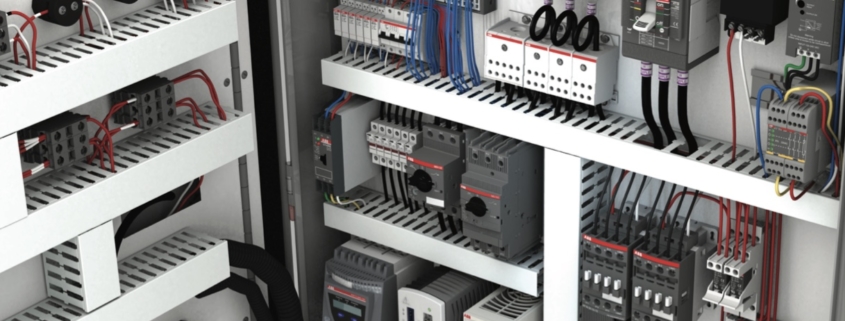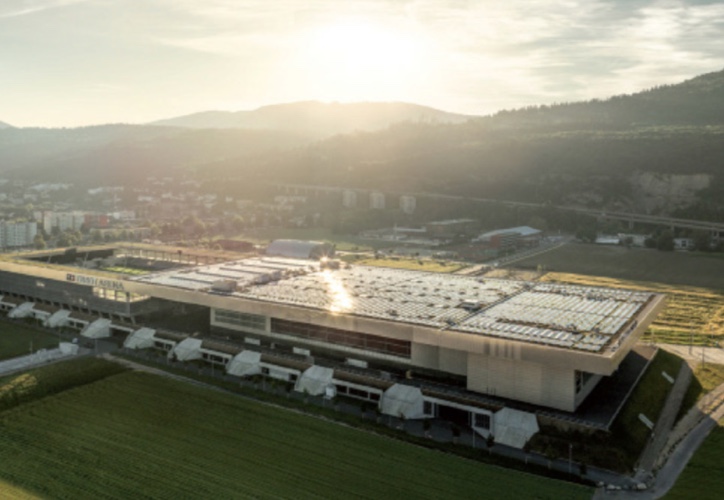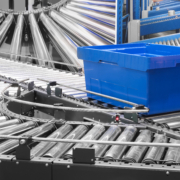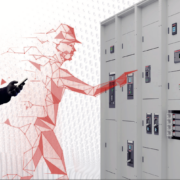Three key benefits of unlocking the data in your digital components
Most panel builders and OEMs are missing out on a simple way to greatly enhance the functionality and value of your products. Consider capitalizing on the power of the simple software available to unlock the hidden power in your products.
Every panel design starts with considering the basic requirements and functional specs. The panel needs to do all of the things the end user requires it to do. But panel builders may be missing an opportunity during the design process, and may need to think more broadly about what additional capabilities their panels could provide to end users.
Many of these capabilities are readily available in the components you’re currently using; you’re just not taking advantage of them. What’s required is additional software that can literally unlock a world of features that your end users will greatly appreciate … and be willing to pay more for.
Many panel components used today are digital or could easily incorporate digital devices without redesign. Those digital components include breakers, meters, automatic transfer switches, and others. Rather than purely mechanical approaches to controlling or measuring the flow of power, they rely on programming to provide those key functions in a more sophisticated, higher-level way. This generates a constant stream of digital information, information that can be put to work in variety of ways.
Conserving energy
One of the easiest and most valuable added features is the ability to remotely monitor energy consumption. Almost every digital, or “smart,” panel component includes the capability to capture power-usage data. Data from these devices can be aggregated and used to paint a precise picture of energy use within a specific area of your operations or across your facility, something your end users will appreciate.
Particularly in areas that have variable power pricing based on the time of day, this information can help operations people make smart decisions about the optimum times to bring specific lines or processes online.
With the communication devices in the panel to share that energy usage data, and the needed analytical software, plant operations personnel can gain a whole new window into a key operating cost: energy usage.
Reducing maintenance
Smart devices may also include any of a number of sensors capturing data that enable new and better approaches to maintenance. Breakers, for example, are available that can sense and report on things like number of operations, opening/closing time, number of fault-current operations, contact wear, heat signature, inactivity, compartment temperature, auxiliary power quality, and more.
All of that data can be captured and analyzed to provide maintenance teams with a clear picture of the health of the device. Armed with that information, they can expand beyond traditional approaches to maintenance like basic scheduled maintenance or a break/fix approach.
Instead, with the right software tool, personnel will know when there’s an issue with a device and can preemptively conduct needed service. This predictive approach puts maintenance managers in real control. It minimizes costly downtime and enables a far more efficient, and usually lower-cost, approach to maintenance.
New control capabilities
The digital devices in your panel can also be tied into or complement your end-users’ process-control systems and building controls. The intelligence and capabilities found in a modern “smart” breaker certainly aren’t going to replace your primary control systems. But these smart devices provide a critical new stream of data that your existing operations and energy management systems can make good use of.
And all this digital information – for energy management, asset health, and operational data – can be made accessible anywhere by putting it in the cloud.
Software is the key
The idea of capturing, transmitting, and analyzing the data available from these digital devices may seem intimidating, but it doesn’t need to be. The good news is that there is a variety of software that is far easier to use and much less costly than one would think.
Of course, it’s possible to rely on a systems integrator to tie all the equipment together and implement a custom-engineered software solution. While that’s a costly approach, it may be the right thing for a given application.
But in today’s market, panel builders and OEMs have access to preconfigured options that can be embedded in the hardware to share data with other devices and/or your central monitoring system. Comparatively speaking, while a custom solution may run to the hundreds of thousands of dollars, pre-configured solutions are in the thousands-of-dollars range.
This software solution is typically provided via a license arrangement with the provider. Panel builders and OEMs interested in providing their end users with the benefits of this software usually build the license cost into the panel or equipment cost. However, another attractive approach is to provide the software to the end user on an ongoing basis.
Just like you pay your monthly fee to your favorite video streaming network, you can charge your customers a monthly fee to provide the software. In addition to creating a new, ongoing revenue stream, this approach creates an ongoing interaction with your customers that can build a long-term relationship.
Pre-configured software for your panels or equipment can be put to good use by your end users with minimal IT effort and very low maintenance and effort. They are typically out-of-the-box solutions.
Look ahead
Start thinking about the customers who could most benefit from these enhanced capabilities, and whether you want to be the supplier who makes them available. A special area of interest to many customers is sustainability. As they look to reduce their energy use, they will be intensely interested in the capabilities you can provide to create a new window into their power consumption.
We are on the verge of a strong upswing in panel builders and OEMs capitalizing on the potential that already exists in their products. Your customers are increasingly interested in, and asking for, the capabilities provided by low-cost, add-on software.
If you are already incorporating smart control devices in your panels and equipment, then with very little additional effort you can greatly elevate the capabilities and overall value of those devices to your customers or end users and enhance your value as their trusted supplier.
Related blog post: “Smarter breakers enable higher-performing panels”
—
Mike Hoppe
US Product Marketing Director – Digital Portfolio
Daniel Lightsey
ABB AbilityTM Technical Manager









